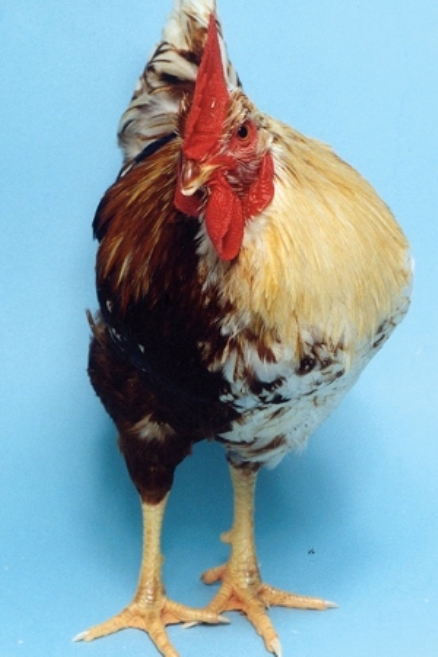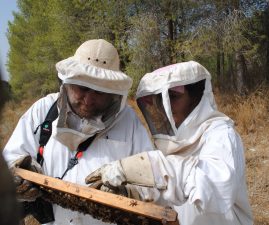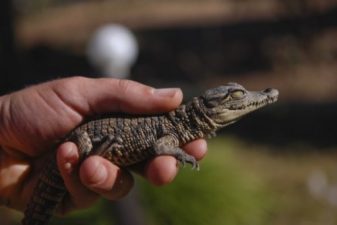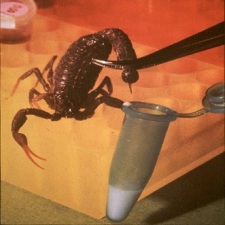 Listen up class. There’s a mind-blowing biological anomaly called bilateral gynandromorphism, a condition where an animal or insect contains both male and female characteristics, evenly split smack down the middle. The end result is a creature that is literally half male and half female. It’s rare and most frequently spotted in birds, insects and crustaceans.
Listen up class. There’s a mind-blowing biological anomaly called bilateral gynandromorphism, a condition where an animal or insect contains both male and female characteristics, evenly split smack down the middle. The end result is a creature that is literally half male and half female. It’s rare and most frequently spotted in birds, insects and crustaceans.
These images of affected butterflies from Dalton State College in Georgia, USA and Colossal are striking, but if you really want a visual shock, search for images of lobsters and poultry! (Spoiler alert – one is included at the end of this story.)
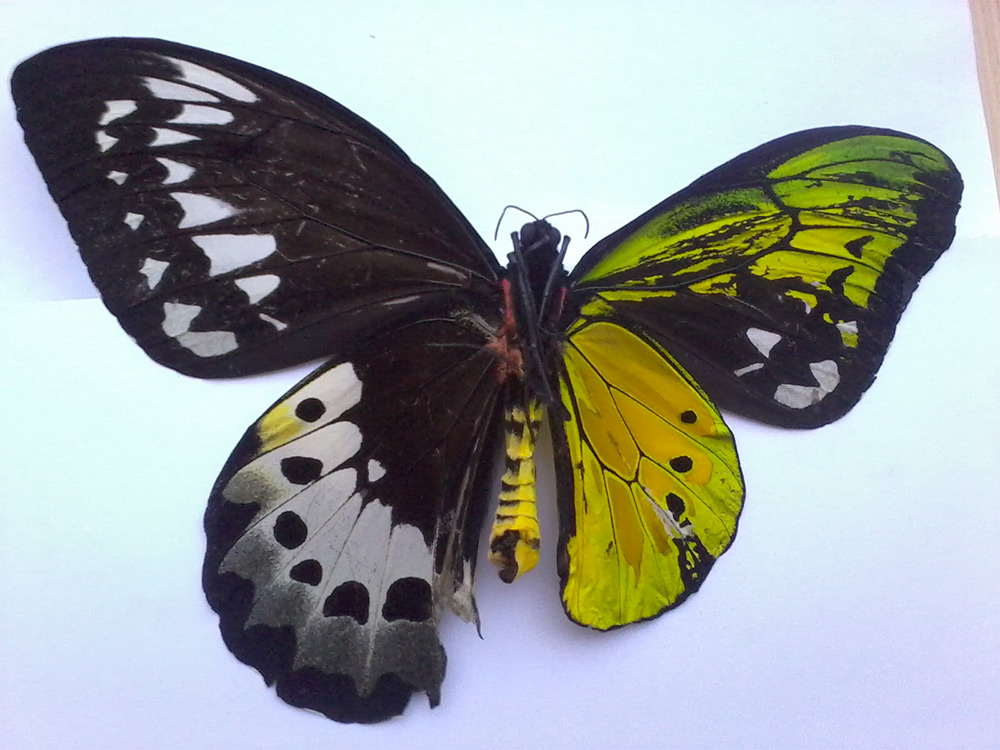 How’s it happen? All sexually reproducing organisms begin as a single cell comprised of a fused sperm and egg cell which divides repeatedly to create all the different cells in the body. In insects (and birds and shelled critters) cell division is “determinate”, meaning that each division determines exactly what purpose that cell will serve (a muscle cell, a nerve cell, etc.).
How’s it happen? All sexually reproducing organisms begin as a single cell comprised of a fused sperm and egg cell which divides repeatedly to create all the different cells in the body. In insects (and birds and shelled critters) cell division is “determinate”, meaning that each division determines exactly what purpose that cell will serve (a muscle cell, a nerve cell, etc.).
A gaff in early cell division could result in a chromosomal haywire that splits gender characteristics in half. 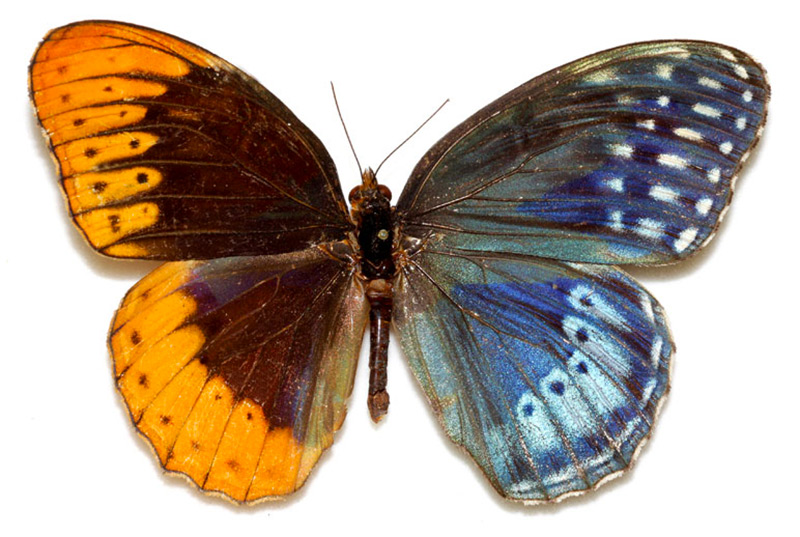 If the error occurs during later cell divisions, the result could be a smaller portion of the body/wings that looks like one sex and a larger portion that looks like another. It can even happen more than once during development, resulting in patches of female and male scattered throughout the body!
If the error occurs during later cell divisions, the result could be a smaller portion of the body/wings that looks like one sex and a larger portion that looks like another. It can even happen more than once during development, resulting in patches of female and male scattered throughout the body!
Thankfully, the condition doesn’t occur in humans. The earliest cell divisions in people are “indeterminate”, meaning that cell development pathways remain flexible. Also, given that almost all human sexual differentiation is a result of hormones which are distributed relatively evenly throughout the body, you would never see a stark split in human physiology with, as example, a breast on one side and a flat chest on the other.
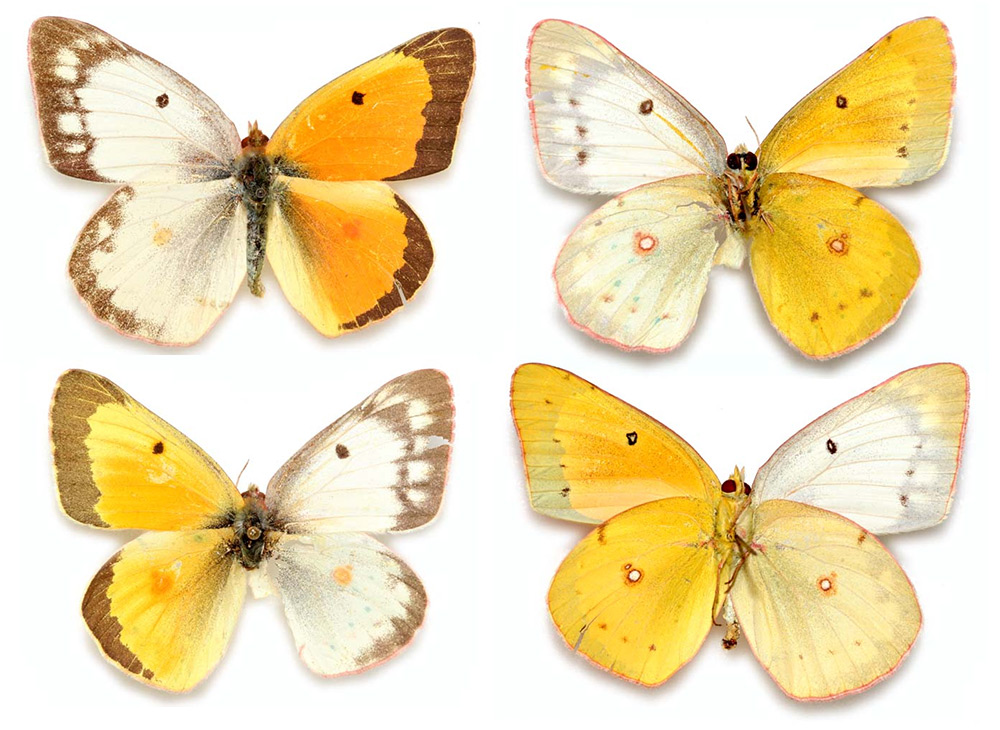 It’s thought that bilateral gynandromorphism occurs when two sperm enter a single egg. One fuses with the nucleus of the egg and a female insect develops, and the other develops within the same egg but without another set of chromosomes. Both a male and a female insect develop within the same body.
It’s thought that bilateral gynandromorphism occurs when two sperm enter a single egg. One fuses with the nucleus of the egg and a female insect develops, and the other develops within the same egg but without another set of chromosomes. Both a male and a female insect develop within the same body.
This isn’t chimerism – the condition where two embryos with unique DNA fuse together and develop as a single fetus, resulting in an individual with two sets of DNA in a single body – essentially the opposite of identical twins. (This can occur in humans as well as chickens.)
Sometimes a chimera will have one set of DNA be male and the other female. This is what happens in the case of our avian gynandromorphs where female DNA will express as hen and male DNA will express as rooster (see the surreal last image, below).
Gynandromorphism doesn’t always look as perfect as these examples – but it does look perfectly bizarre! Read a more thorough scientific explanation from the Dalton State researchers (link here).
All images from Dalton State College

